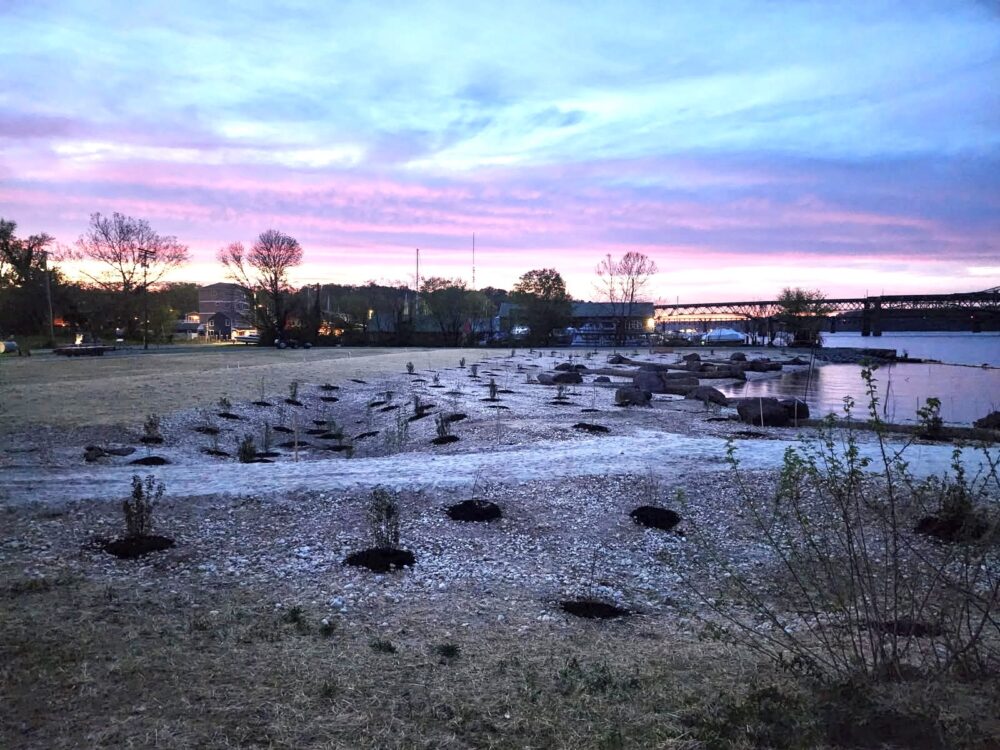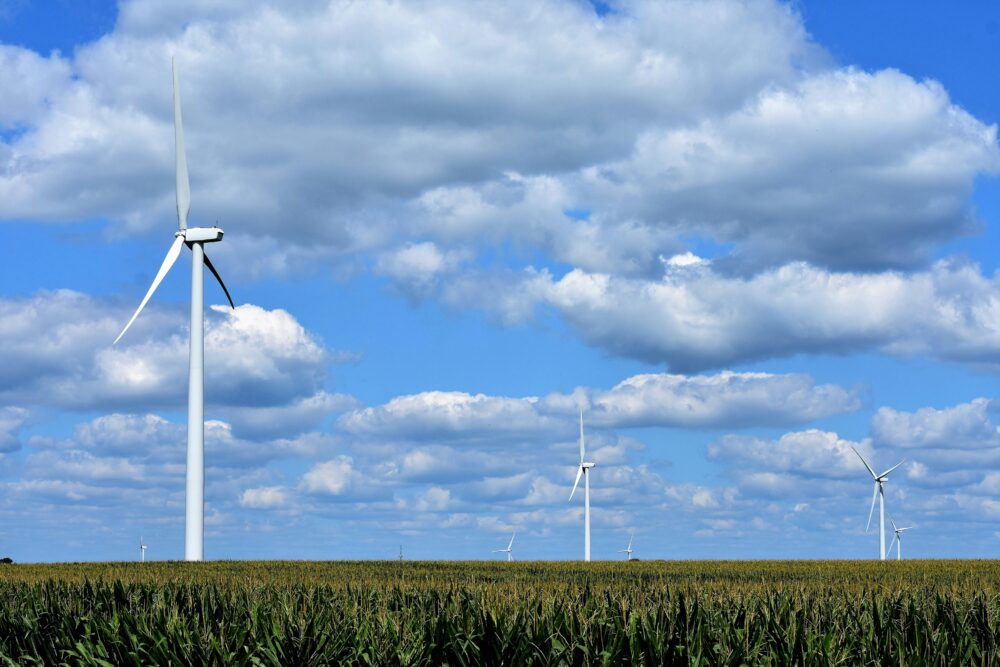We have much more to do and your continued support is needed now more than ever.
‘Trick or Treat’ for Bats
Pass the Recovering America’s Wildlife Act

“Everything’s impossible until somebody does it.”
– Batman
Swooping and scattering in the darkening sky, bats are the superheroes that protect us while we sleep—they snap up tons of mosquitoes and crop-damaging insects. Others pollinate night-blooming flowers and spread fruit seeds.
Consider this: without fruit-eating animals like bats dispersing cacao seeds, we’d have no chocolate for Halloween trick-or-treaters!
But bats are in deep trouble. Decimated by disease and habitat loss, they need us to come to the rescue.
Here’s what you can do: Support the Recovering America’s Wildlife Act. The bipartisan bill will fund state-led efforts to help bats and many other wildlife at risk. Without action today, we may not have options tomorrow. Extinction is forever. Please go to bat for bats!
Take Action!
White-nose Syndrome—stop the spread & find a cure
A deadly fungal disease called white-nose syndrome has killed millions of hibernating bats in North America. In some caves, all bats have died.
To save our crashing bat populations, many partners are taking heroic actions that would make even Batman proud. After all, he’s the superhero who said, “I have one power. I never give up.”
The Recovering America’s Wildlife Act will kick in the needed funding for states to accelerate their efforts to recover wildlife and carry out action plans that are ready to go. There’s no time to lose. To date, the disease is confirmed in 33 states and seven Canadian provinces (mostly east of the Continental Divide). In 2016, white-nose syndrome showed up in Washington—1,300 miles from the nearest location it had previously been recorded.
Twelve of North America’s 47 bat species are confirmed to have white-nose syndrome. The hardest-hit species are the northern long-eared bat, little brown bat, and tri-colored bat. So far, there’s no cure for the deadly fungus first found in New York caves and likely introduced by people who had visited caves in Europe.
With critical and reliable dollars in place, scientists can speed up their promising research to keep bats safe from the fungus that causes bats to wake up from hibernation, use up energy, and starve. States can protect more caves where bats hibernate. Disturbing even healthy bats in winter is harmful for their survival.
Bat Power
Give bats a fighting chance, and these fantastic flying mammals could return to their superhero full capacity. That means helping them on all fronts. While migratory bats don’t seem to be affected by white-nose syndrome, they face dangers from habitat loss, pesticides, and collisions with improperly-sited wind turbines.
This is your chance to celebrate Bat Week and lend a hand. At home, you can build bat boxes, save dead trees that can serve as roosts, and avoid pesticides that kill insects and harm bats. These are some ways your home can also become a National Wildlife Federation Certified Wildlife Habitat. If you’re a caver, become a partner for bats and the future of caves in all their bat-filled wonder.
This Halloween, give bats a treat – lend your voice to help pass the Recovering America’s Wildlife Act.
Take Action!





















